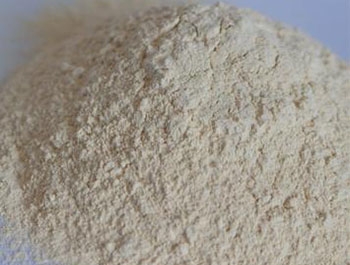Contact person: Mr. Chen
Mobile + 86-18104072230
Tel. + 86-417-5861677
Fax: 0417-5244777
website: en.yklhnh.com
Address: Yong'an Town, Dashiqiao City, Liaoning Province
Magnesia carbon brick manufacturer
MgO-C brick is a kind of high melting point basic oxide MgO (melting point 2800 ℃) and high melting point carbon material which is difficult to be infiltrated by slag. The composite refractories without burning carbon are made of carbon binder. It is mainly used for the lining of carbon slag in converter and DC arc furnace.
As a kind of composite refractory material, magnesia carbon brick effectively utilizes magnesia's strong slag corrosion resistance, high thermal conductivity and low expansion of carbon, and compensates for the poor spalling resistance of magnesia.
Its main characteristics are: 1. Good high temperature resistance; 2. Strong slag resistance; 3. Good thermal shock resistance; 4. Low high temperature creep

Effect of raw materials on properties of magnesia carbon brick
The quality of magnesia has a very important influence on the performance of magnesia carbon brick. How to choose magnesia reasonably is the key to produce magnesia carbon brick. Magnesia includes fused magnesia and sintered magnesia, which have different characteristics. Fused magnesia: large grains, less impurities, less silicate phase, high degree of direct combination of grains, less grain boundaries.
Sintered magnesia: the grain size is fine, the impurity and silicate phase are relatively more, and the direct bonding degree is poor.
For magnesia raw materials, in addition to chemical composition, high density and large crystallization are also required in microstructure. Therefore, as the quality index of magnesia raw materials for producing magnesia carbon bricks, the following contents should be investigated: 1. MgO content (purity) 2. Impurity types, especially. C / s and B2O3 content 3. Density, pore size and pore morphology of magnesia (sinterability).
The purity of magnesia has great influence on slag resistance of magnesia carbon brick. The higher the MgO content is, the less impurities are, the lower the degree of silicate phase separation is, the higher the direct binding degree of periclase is, and the slag penetration resistance and slag melting loss ability are improved. There are mainly calcium oxide, silicon dioxide and iron oxide in magnesia. If the impurity content is high, especially the compound of boron oxide, the refractoriness and high temperature performance of magnesia will be adversely affected.
The impurities in magnesia mainly have the following effects: 1. Reduce the direct binding degree of periclase; 2. Form low melting substance with magnesium oxide at high temperature; 3. Impurities such as iron oxide and silicon dioxide react with carbon prior to magnesium oxide at 1500-1800 ℃, leaving pores, which makes the slag resistance of products worse.
For magnesia raw materials, in addition to the total amount of impurities, the type and relative content of impurities also have a significant impact on the properties of magnesia. Cao / SiO2 ratio and B2O3 content have the most obvious influence. CaO / SiO2 ≥ 2 is usually required to improve the high temperature stability of magnesia carbon brick.